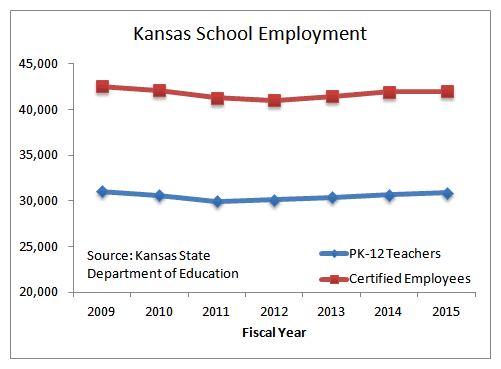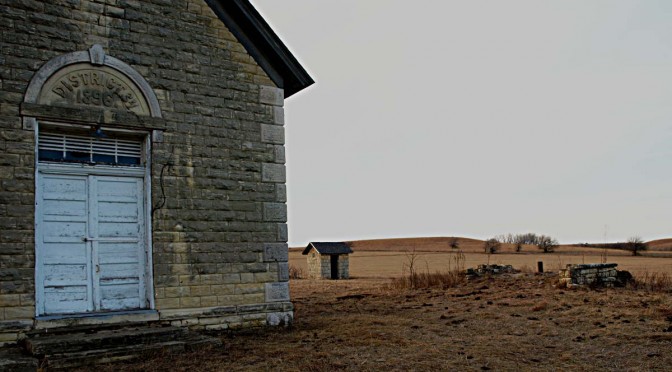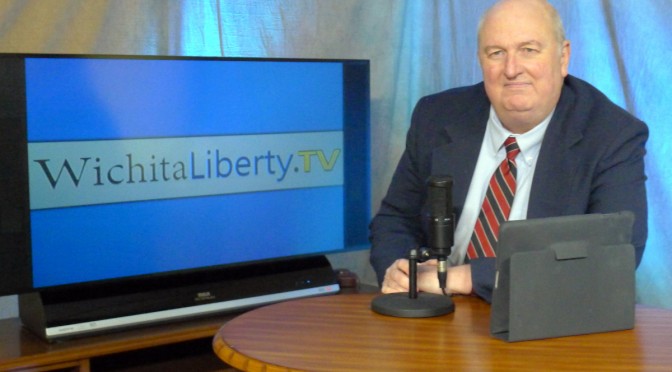Tag: Kansas National Education Association
-

Kansas school employees, the trend
The trend in Kansas public school employment and teacher/pupil ratios may surprise you, given the narrative presented by public schools.
-

Kansas school test scores, an untold story
If the Kansas public school establishment wants to present an accurate assessment of Kansas schools, it should start with its presentation of NAEP scores.
-
For McGinn, a liberal voting record is a tradition
Based on votes made in the Kansas Senate, the advertising claims of Sedgwick County Commission candidate Carolyn McGinn don’t match her record.
-
Kansas school finance reporting and opinion
Kansas school finance reporting and opinion
-

In Kansas, education is all about money and politics for UMEEA
Media reaction to the school finance legislation has been pretty predictable, focusing almost exclusively on institutions and ignoring the impact on students, writes Dave Trabert of Kansas Policy Institute.
-

WichitaLiberty.TV: Kansas school finance lawsuit, problems solved?
The Kansas Supreme Court handed down its ruling in Gannon v. Kansas, the school finance lawsuit. What did the court say, and did it address the real and important issues with Kansas schools?
-

In Kansas, the Blob is worked up
In Kansas, we’re seeing the Blob at full activation, vigorously protecting its interests against school reforms.
-

Kansas school finance lawsuit reaction
News coverage and reaction to the Kansas school finance lawsuit Luke Gannon, et al v. State of Kansas.
-

We can predict the loser in the Kansas school lawsuit
No matter which side wins the Kansas school finance lawsuit, we already know who loses: Kansas schoolchildren. The last time schools won a suit, the state lowered its standards for schools.
-

WichitaLiberty.TV February 23, 2014
There are efforts to have the Kansas Legislature expand the open records law to include the spending records of several taxpayer-funded agencies, but the City of Wichita wants to keep the records secret. Then, did you know the Kansas teachers union has a media response team? Finally, Arthur Brooks makes the moral case for free…
-

Our Kansas grassroots teachers union
Letters to the editor in your hometown newspaper may have the air of being written by a concerned parent of Kansas schoolchildren, but they might not be what they seem.
-
Kansas school test scores, in perspective
When comparing Kansas school test scores to those of other states, it’s important to consider disaggregated data. Otherwise we may — figuratively speaking — let the forest obscure the trees.